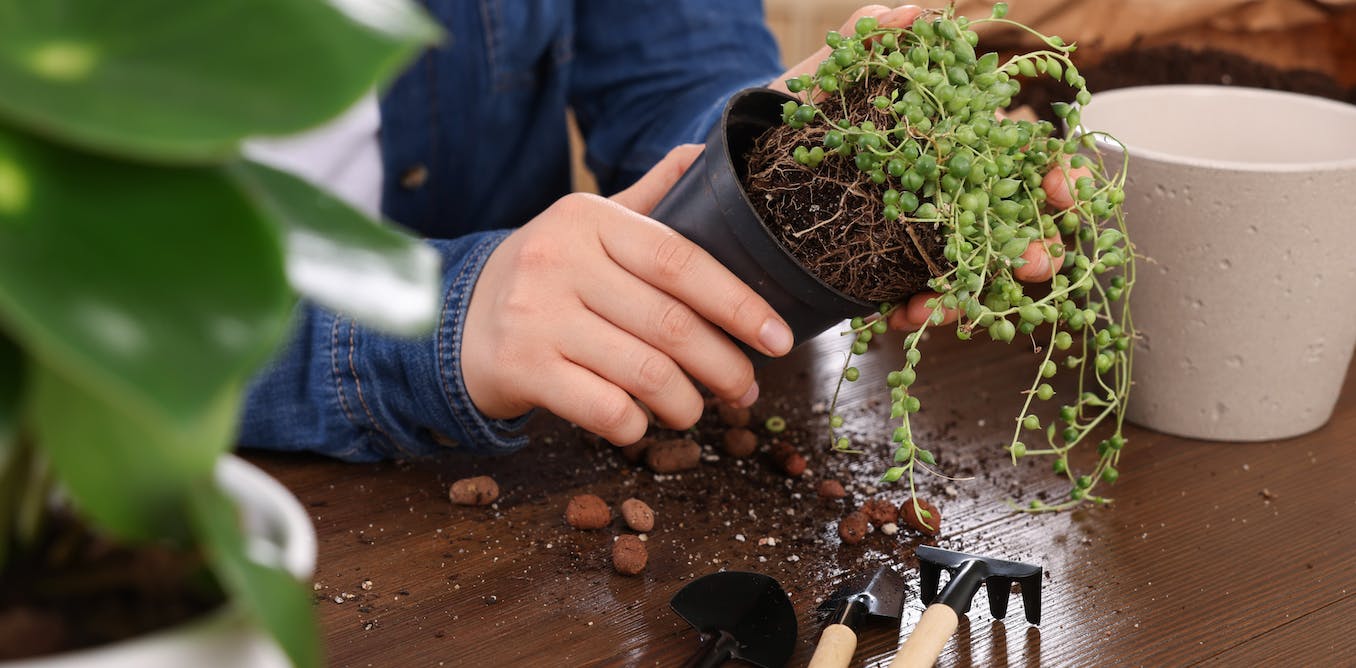During the long, solitary days of lockdown, I found solace in raising houseplants. Suddenly stuck at home, I had more time to perfect the watering routine of a fussy Swiss cheese plant, and lovingly train our devil’s ivy to delicately frame the bookcases.
But I started noticing that these plants, sourced online, often arrived in the post with a passport. Most had travelled from all over Europe, with one common tagline: contains peat.
As a peatland scientist, these labels instantly filled me with horror. Hidden Peat, a new campaign launched by The Wildlife Trusts, is now highlighting the presence of peat in all sorts of consumer products, including house plants.
I feel like the context of “houseplants” undersells the seriousness of the issue: houseplants are essentially a luxury item in that they’re not necessary for survival, but peat moss is also used in massive quantities for growing food. I can’t speak to common practices in large-scale industrial agriculture, but in gardening/small-scale agriculture there are basically two choices for what’s considered a “critical” component of potting soil (required for seed-starting and container gardening): peat moss or coconut coir. There’s not a lot of consensus on which is better: peat is (functionally) non-renewable but is a local resource for folks in North America/Europe, while coconut coir is renewable but grown on the other side of the planet. The third alternative is to use neither but then you’re reducing crop yields, which is antithetical to goals of supporting local food networks, self-sustainability, and/or shifting away from industrialized large-scale agriculture.



